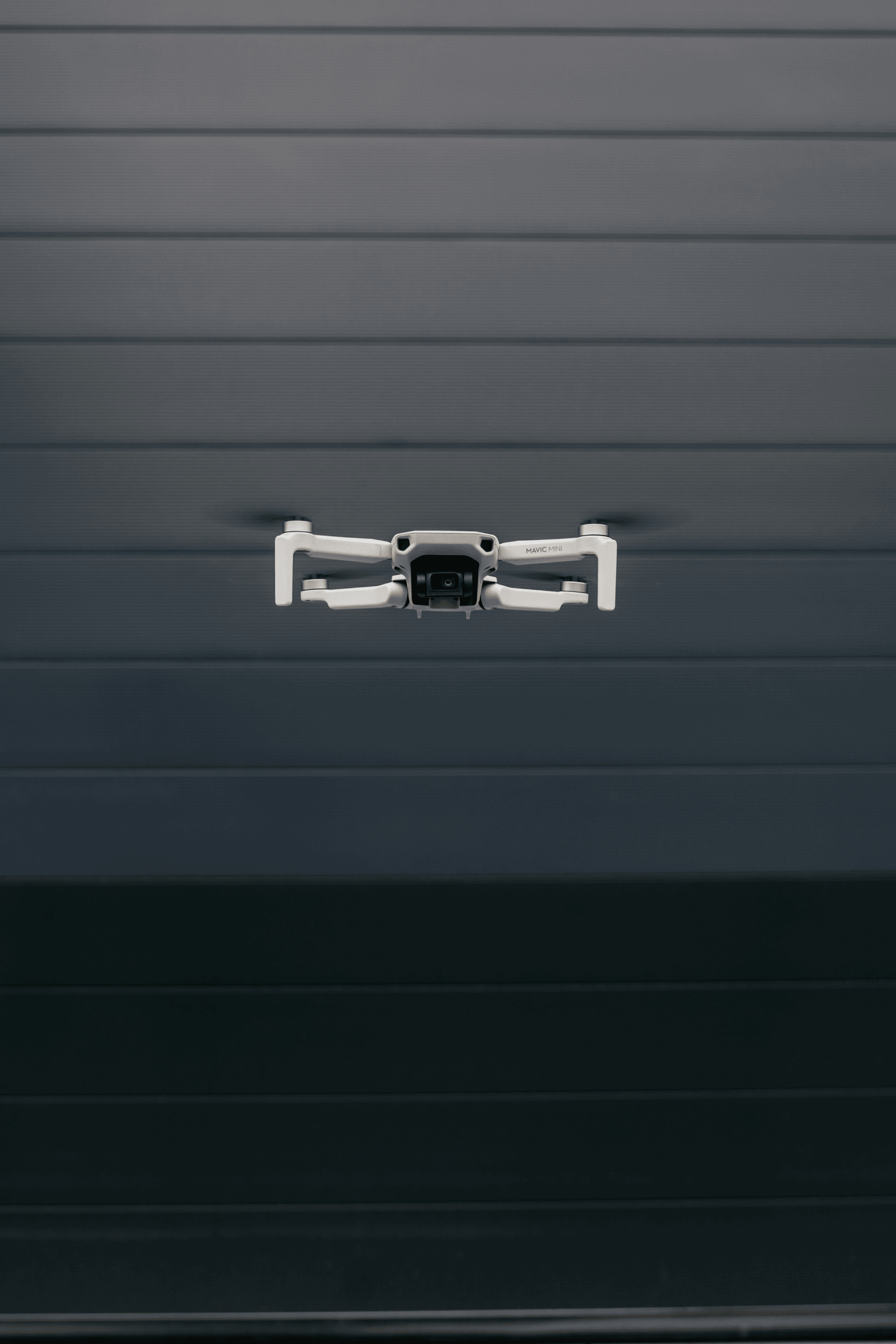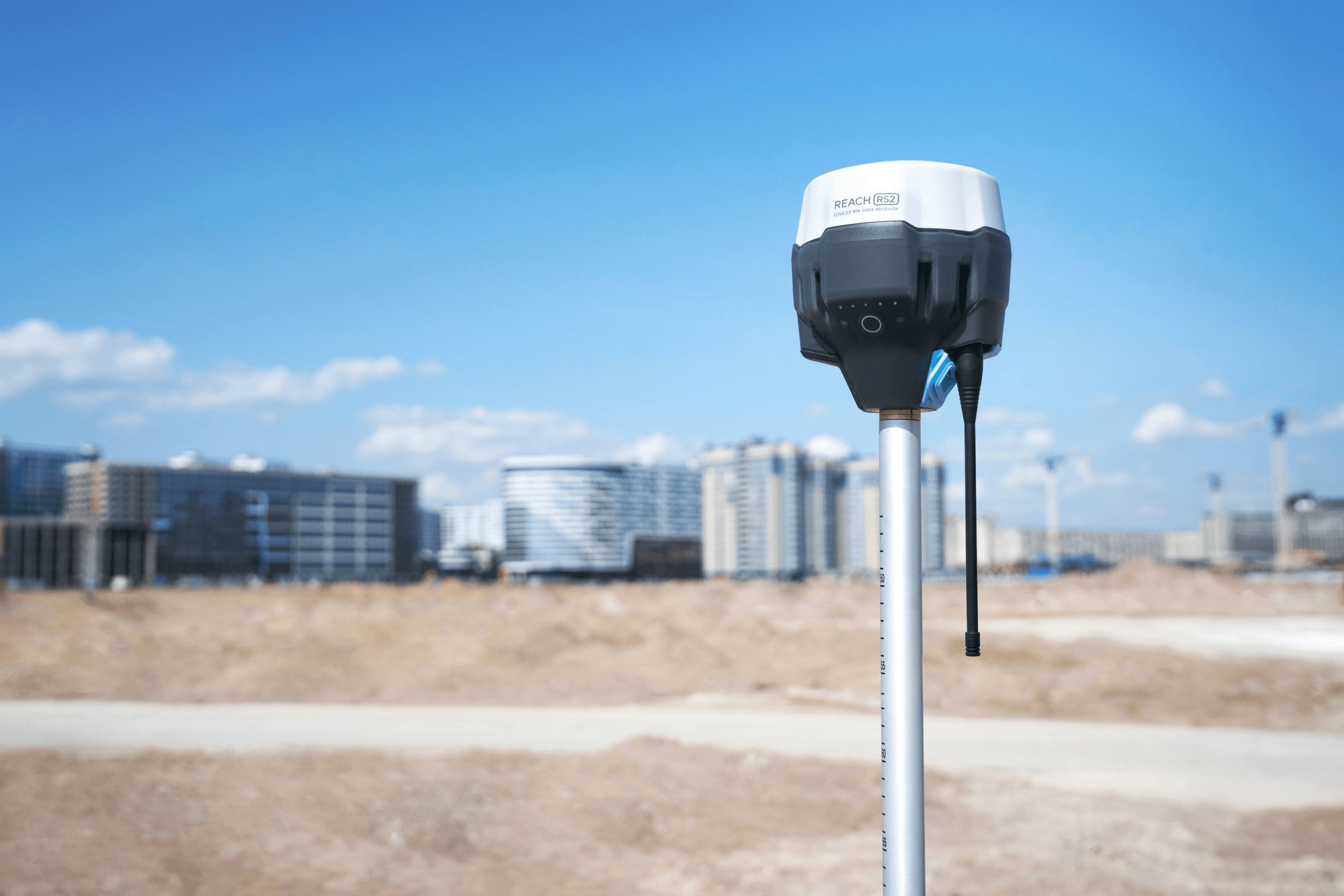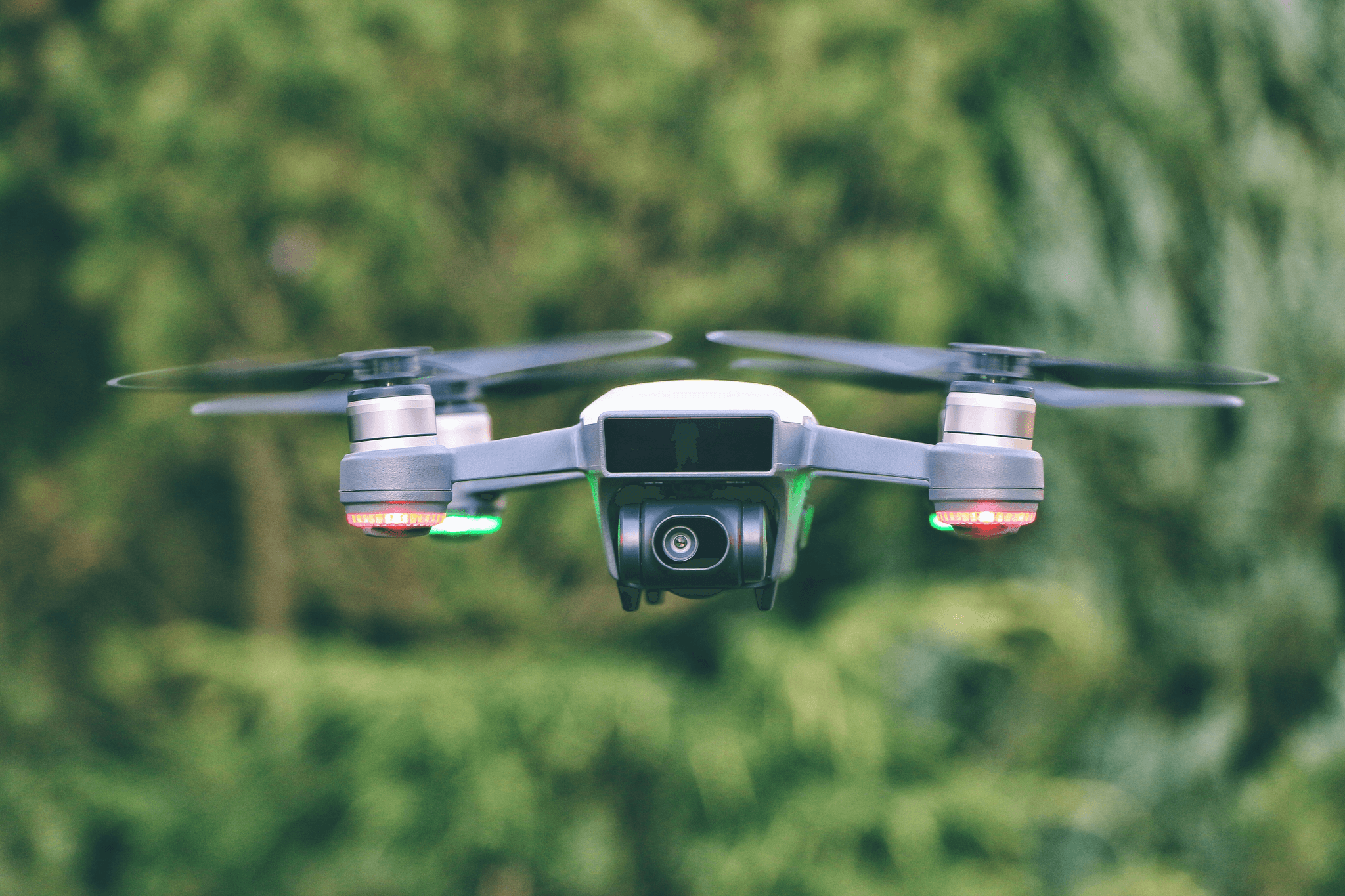Introduction

In today's rapidly evolving technological landscape, the use of drones has become increasingly prevalent, posing potential security risks in various environments. As a result, the importance of implementing a reliable drone detection system cannot be overstated. Whether it's for safeguarding critical infrastructure or ensuring public safety at large events, the need for advanced drone radar detectors and other innovative solutions is paramount.
Understanding the Importance of Drone Detection Systems
Drone detection systems are crucial in identifying unauthorized or rogue drones that may pose threats to sensitive areas such as airports, government facilities, and public gatherings. With the proliferation of drones in both commercial and recreational settings, the demand for effective countermeasures has never been greater.
Key Factors for Consideration When Choosing a Drone Detection System
When selecting a drone detection system, key factors such as accuracy, range, and adaptability to different environments should be carefully considered. The ability to detect not only the presence of drones but also their operators is essential for effective security measures.
Ensuring Effective Security Measures for Drone Detection
By investing in portable drone detectors equipped with radar technology or handheld devices with advanced capabilities, organizations can bolster their security protocols and respond promptly to potential threats. It's imperative to stay ahead of evolving drone technology by implementing robust detection systems that offer real-time monitoring and alerts.
Types of Drone Detection Systems

When it comes to choosing the right drone detection system, it's crucial to understand the different types available. One of the most common options is radar-based drone detection systems, which use radio waves to detect and track drones within a specific range. These systems are effective in monitoring airspace and identifying unauthorized drone activity, making them a popular choice for security applications.
Radar-Based Drone Detection Systems
Radar-based drone detection systems are equipped with advanced technology that allows them to accurately detect and track drones in real-time. By utilizing radar signals, these systems can provide comprehensive coverage over large areas, making them ideal for protecting critical infrastructure and public spaces from potential security threats. With their ability to operate in various weather conditions, radar-based drone detection systems offer a reliable solution for continuous surveillance.
Furthermore, radar-based drone detection systems are capable of differentiating between drones and other flying objects, reducing the likelihood of false alarms. This advanced technology allows for precise identification and tracking of drones, providing security personnel with the information they need to respond effectively to potential threats. Additionally, the real-time capabilities of radar-based drone detection systems enable swift and proactive measures to be taken in order to mitigate security risks.
Acoustic-Based Drone Detection Systems
Another type of drone detection system gaining traction is acoustic-based technology, which uses sound sensors to detect drones based on their unique acoustic signature. These systems are effective in identifying drones operating at low altitudes or in urban environments where radar signals may be obstructed. Acoustic-based drone detection systems offer a discreet and versatile solution for securing sensitive areas without disrupting daily activities.
In addition to their effectiveness in urban environments, acoustic-based drone detection systems are also valuable for their ability to operate discreetly. By using sound sensors, these systems can identify drones without drawing attention to their presence, making them ideal for securing sensitive areas without causing disruption. Furthermore, the versatility of acoustic-based technology allows for seamless integration into existing security measures, providing a comprehensive approach to drone detection and mitigation.
Radio-Frequency-Based Drone Detection Systems
Radio-frequency-based drone detection systems utilize RF sensors to detect the radio signals emitted by drones, enabling operators to locate and identify unauthorized UAVs within their vicinity. These systems are particularly useful for detecting remote-controlled drones that rely on radio communication with their operators. With their ability to pinpoint the location of both the drone and its operator, radio-frequency-based drone detection systems provide valuable intelligence for security personnel.
Furthermore, radio-frequency-based drone detection systems are able to differentiate between authorized and unauthorized UAVs, providing security personnel with the ability to take appropriate action. This capability allows for the implementation of targeted responses, such as disabling or intercepting unauthorized drones, while ensuring that legitimate drone operations remain unaffected. By offering real-time information on the presence and location of drones, these systems enable security teams to proactively mitigate potential threats and safeguard sensitive areas.
Features to Look for in a Drone Detection System

When considering a drone detection system, it's crucial to prioritize range and detection capability. A reliable drone radar detector should be able to detect drones from a significant distance, giving security personnel ample time to respond. Look for systems with advanced technology that can accurately identify the presence of drones, even in challenging environments.
Range and Detection Capability
A top-notch drone detection system should have the ability to detect drones within a wide range, ensuring comprehensive coverage of the area it's meant to protect. Whether it's a large open space or an urban environment with multiple obstructions, a drone radar detector with superior range and detection capability is essential for effective security measures. In addition, the system should be able to differentiate between drones and other flying objects such as birds or planes, reducing false alarms and ensuring accurate threat identification. This capability is crucial for minimizing disruptions and maintaining efficient security operations.
Integration with Existing Security Infrastructure
When selecting a police drone detector or any other type of drone operator detector, seamless integration with existing security infrastructure is key. The system should be compatible with other security technologies such as CCTV cameras, access control systems, and alarm systems. This integration ensures a holistic approach to security management. Additionally, the ability to integrate with existing communication systems such as radio networks and emergency response protocols is crucial for coordinated and effective response to drone-related security threats. Furthermore, the compatibility with cloud-based storage solutions allows for easy access to historical data and analytics, enhancing the overall effectiveness of the security infrastructure.
Portability and Flexibility for Different Environments
In today's dynamic security landscape, portability and flexibility are essential features of any portable drone detector. Whether it's for law enforcement agencies or civilian use, having the ability to deploy the drone detector radar in various environments is crucial. Look for systems that are easy to set up and adaptable to different scenarios.
Considerations for Law Enforcement Agencies

Police Drone Detector for Public Safety
Law enforcement agencies require a robust police drone detector for public safety, capable of identifying unauthorized drones in restricted airspace. This drone detection system utilizes advanced radar technology to provide real-time alerts and tracking of drone activity, enabling law enforcement to take immediate action to mitigate potential security threats.
Additionally, the police drone detector is designed to be easily integrated with existing security systems, providing a seamless solution for monitoring and controlling drone activity in high-security areas. The system is also equipped with a user-friendly interface, allowing law enforcement personnel to quickly and efficiently identify and track unauthorized drones. This advanced technology not only enhances public safety but also serves as a deterrent to potential threats, helping to maintain the integrity of restricted airspace.
Handheld Drone Detector for On-the-Go Operations
In addition to a fixed police drone detector, law enforcement agencies benefit from a portable drone detector for on-the-go operations. A handheld drone detector offers the flexibility and mobility needed to quickly respond to evolving security situations, allowing officers to identify and locate rogue drones in various environments, including urban areas and public events.
Furthermore, a handheld drone detector can be easily operated by officers with minimal training, making it a valuable tool for law enforcement agencies of all sizes. Its compact size and lightweight design allow officers to carry it on their person or in their vehicles without adding significant bulk or weight. This ensures that they are always prepared to respond to potential drone threats, whether at a crime scene, during a protest, or at a high-profile event.
Haisen's Backpack Navigation Deception Equipment
Haisen's Backpack Navigation Deception Equipment is an innovative solution designed specifically for law enforcement agencies dealing with malicious drone operators. This portable drone detection system disrupts the navigation signals of unauthorized drones, forcing them to land or return to their operator, providing an effective means of neutralizing potential security threats.
In addition to disrupting navigation signals, Haisen's Backpack Navigation Deception Equipment also provides real-time tracking of unauthorized drones, allowing law enforcement agencies to locate and identify the operators behind the security breach. This feature enables authorities to take swift and decisive action against malicious drone operators, preventing potential threats from escalating. With the ability to neutralize security risks posed by unauthorized drones, law enforcement agencies can maintain public safety and security with confidence.
Factors for Privacy and Civilian Use

Ensuring Ethical and Legal Use of Drone Detection Systems
When considering the deployment of a drone detection system, it is crucial to ensure that ethical and legal standards are upheld. This involves obtaining the necessary permits and permissions for the use of drone radar detectors, as well as adhering to privacy regulations. Additionally, it is important to conduct thorough training for operators on the appropriate and ethical use of portable drone detectors to prevent any misuse.
Balancing Security Needs with Privacy Rights
Balancing security needs with privacy rights is a delicate yet essential consideration when implementing a drone detection system. While it is vital to protect sensitive areas from unauthorized drone activity using police drone detectors, it is equally important to respect the privacy of individuals within these spaces. This requires careful planning and implementation of measures that prioritize security without infringing on privacy rights.
Choosing the Right Drone Detection System

When evaluating cost and return on investment for a drone detection system, it's essential to consider the long-term benefits of effective security measures. Investing in a high-quality drone radar detector may seem costly at first, but it can significantly reduce potential risks and liabilities associated with unauthorized drone activity. By analyzing the potential impact on security and safety, decision-makers can make informed choices that prioritize the protection of their environment.
Evaluating Cost and Return on Investment
Investing in a police drone detector or a portable drone detector radar requires careful consideration of the initial costs versus the long-term benefits. While some systems may have a higher upfront price tag, they often offer superior detection capabilities and reliability, leading to better overall value for security needs. By evaluating the return on investment in terms of enhanced safety and reduced security risks, organizations can justify the cost of implementing advanced drone detection solutions.
Seeking Professional Consultation for Customized Solutions
When seeking professional consultation for customized solutions, it's important to engage with experts who understand the unique requirements of your specific environment. A knowledgeable provider can offer insights into the most suitable drone operator detector or handheld drone detector based on factors such as terrain, surrounding infrastructure, and potential threat profiles. By leveraging specialized expertise, organizations can tailor their approach to drone detection and security to achieve optimal results.
Making Informed Decisions for Effective Security Measures
Making informed decisions for effective security measures involves careful research and consideration of available options in the market. Whether selecting a portable drone detector or a more permanent installation, decision-makers should prioritize systems that offer comprehensive coverage and reliable performance. By weighing factors such as range, accuracy, and ease of integration with existing security infrastructure, organizations can ensure that their chosen drone detection system aligns with their overall security objectives.
Now that we've covered how to choose the right drone detection system based on cost evaluation, professional consultation, and informed decision-making processes let's move forward with finding the right fit for your specific security needs while taking a holistic approach to safeguarding your environment against unauthorized drones.
Conclusion

In conclusion, finding the right fit for your security needs is crucial when it comes to choosing a drone detection system. With the increasing use of drones for both recreational and malicious purposes, it's essential to invest in a reliable drone radar detector that can effectively identify and track unauthorized drone activity. Whether you're looking for a police drone detector for public safety or a portable drone detector for on-the-go operations, taking the next step in securing your environment is imperative.
Finding the Right Fit for Your Security Needs
When evaluating different options for a drone detection system, consider factors such as range and detection capability, integration with existing security infrastructure, and portability and flexibility for different environments. A radar-based drone detection system may offer long-range coverage, while an acoustic-based system could be more suitable for urban areas with high background noise. Finding the right fit means understanding your specific security needs and choosing a solution that aligns with them.
Taking the Next Step in Securing Your Environment
Investing in a handheld drone detector can provide law enforcement agencies with the flexibility to conduct on-the-go operations and respond swiftly to potential threats. Additionally, Haisen's backpack navigation deception equipment offers an innovative solution for countering rogue drones by disrupting their GPS signals. By taking the next step in securing your environment with advanced drone detection technology, you can stay ahead of evolving security challenges.
A Holistic Approach to Drone Detection and Security
Embracing a holistic approach to drone detection and security involves not only deploying state-of-the-art technology but also ensuring ethical and legal use of these systems. Balancing security needs with privacy rights is essential in maintaining public trust while effectively mitigating potential threats posed by unauthorized drones. By considering cost-effectiveness, seeking professional consultation, and making informed decisions, you can implement comprehensive security measures tailored to your unique requirements.
